Benefits of more shellfish include improved water quality from filter-feeding and providing habitat and nursery grounds for marine species
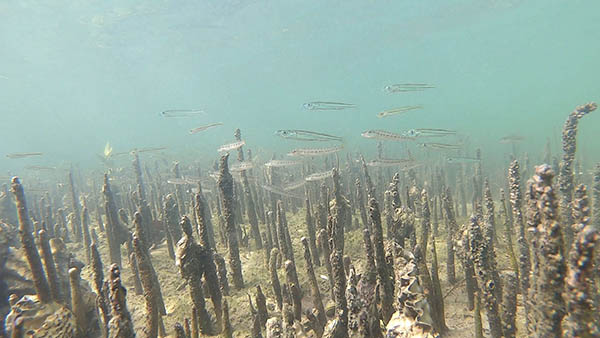
Local shellfish – including native razorfish, flat oysters and feral pacific oysters – show strong ecosystem benefits for marine species within the Port River estuary ecosystem in Adelaide, according to new research from Flinders University.
With monitoring data revealing changes in water quality and species composition in the Port Adelaide marine environment over the years, Flinders University researcher Brad Martin decided to investigate the different shellfish reefs throughout the Port River to assess the species using these “poorly understood habitats.”
The fieldwork found high numbers of native fishes and invertebrates, as well as several invasive species using the feral oyster habitat, including the first detection of Hercules club whelk (Pyrazus ebeninus), which was “likely introduced through the ballast water from a shipping vessel.”
“At present, these intertidal species are unlikely to have significant negative impacts on other species but could spread in the future beyond the Port River,” he said. “The establishment of species from the east coast, like the mud whelk and Sydney cockles, is also an indication of warmer conditions. Until recently, these species only appeared in the South Australia fossil record and had died out during one of the previous ice ages.”
Martin said the benefits of more shellfish in the area include improved water quality from their filter feeding and providing habitat and nursery grounds for other species, including recreationally important ones like whiting, bream and blue swimmer crabs.
Flinders University professors Dr. Ryan Baring and Graziela Miot da Silva have also conducted research on the Glenelg shellfish reef and documented promising results. In the two years since the construction, Baring said oysters are now growing on the restored Glenelg shellfish reef.
“The restored Glenelg shellfish reef has lots of oysters growing that are contributing to an ecologically important nutrient sink on the seafloor, which is important for turning bad nutrients from stormwater runoff into useful nitrogen in the sea and atmosphere,” he said. “We have also identified a reliable hydrodynamic and sediment model to performance check and fine-tune the Glenelg Shellfish Reef to improve its ability to stabilize sediments that are extremely challenging to manage along highly developed metropolitan coastlines under climate change.”
Native oyster (Ostrea angasi) reefs were once common to Southern Australia until the 1940s, when they declined due to overfishing, disease and habitat modification. In South Australia, shellfish reefs occur in coastal shorelines and estuaries, covering rocky reefs and the surface of razorfish (Pinna bicolor). Today less than 1 percent of these reefs remain and Ostrea angasi hold out in small numbers.
Port Adelaide was historically a hub for oyster trade, with naturally occurring shellfish beds existing throughout the Port River, aquaculture/farming of native oysters from the late 1850s to 1910s around Jervois Bridge and regular shipments of oysters from the Eyre and Spencer Gulf. The collapse of the native oyster industry led to the introduction of Pacific oysters (Magallana gigas) to Australia in the 1950s with aquaculture in South Australia occurring from 1969 onwards.
Following the disease outbreak in feral oysters, the South Australian Government introduced bans on collecting shellfish including oysters, mussels and razorfish in the Port River in 2018. Around the same time, local community groups also began native flat oyster restoration projects, with native shellfish reefs once common to Australia’s coastline.
Follow the Advocate @GSA_Advocate
Now that you've reached the end of the article ...
… please consider supporting GSA’s mission to advance responsible seafood practices through education, advocacy and third-party assurances. The Advocate aims to document the evolution of responsible seafood practices and share the expansive knowledge of our vast network of contributors.
By becoming a Global Seafood Alliance member, you’re ensuring that all of the pre-competitive work we do through member benefits, resources and events can continue. Individual membership costs just $50 a year.
Not a GSA member? Join us.
Author
-
Responsible Seafood Advocate
[103,114,111,46,100,111,111,102,97,101,115,108,97,98,111,108,103,64,114,111,116,105,100,101]
Tagged With
Related Posts
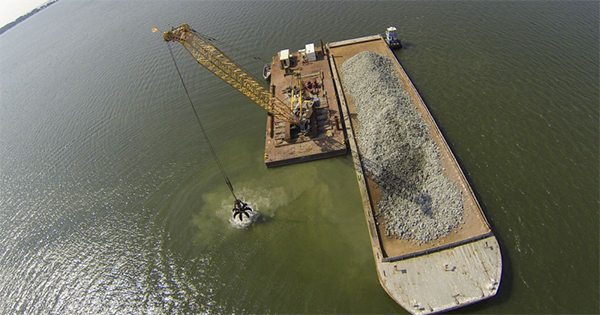
Responsibility
World’s largest oyster reef restoration project shows ‘significant progress’
A large-scale oyster reef restoration project led by NOAA aims to revitalize more than 2,300 acres in Maryland and Virginia waters.
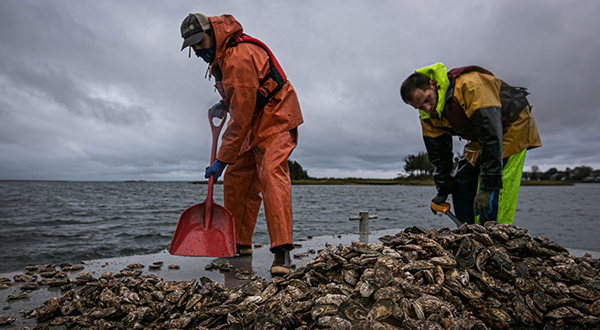
Responsibility
The Nature Conservancy and Pew team up to support oyster aquaculture, restoration
Funding will help rebuild oyster reefs, as well as promote innovation, resilience and diversity within the oyster aquaculture industry.
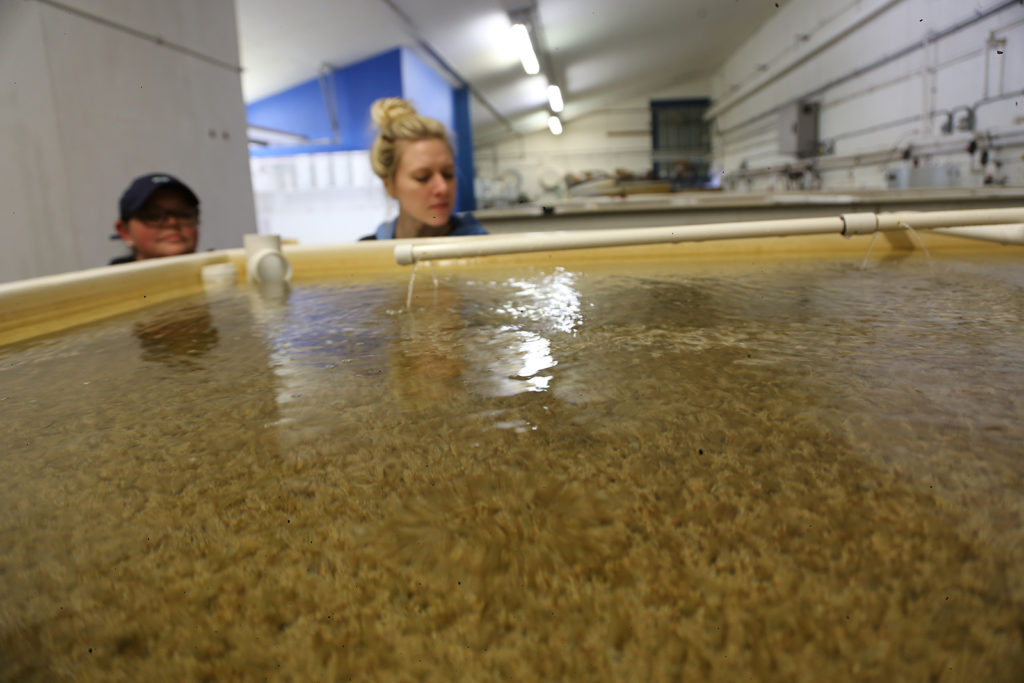
Intelligence
Uncertain times for oyster larvae production in North America
Oyster larvae producers say information sharing and perseverance are seeing them through a prolonged stretch of high larval-stage mortalities.
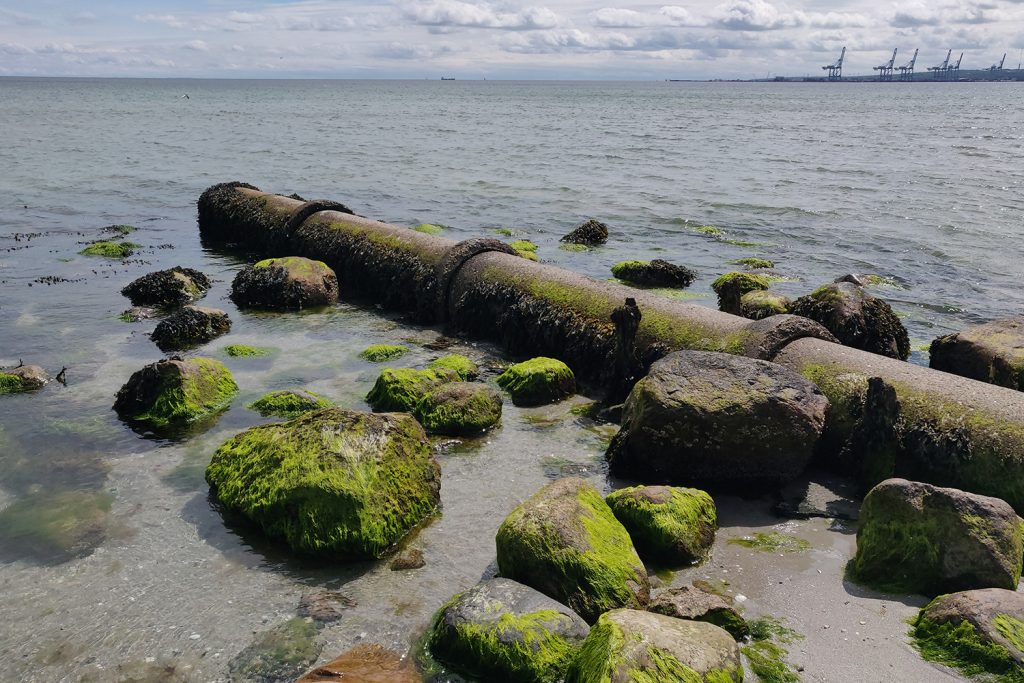
Responsibility
Ocean acidification isn’t just a carbon story – it’s also about nitrogen
Dr. Barry Costa-Pierce on the connection between nitrogen, carbon dioxide and ocean acidification, and the importance of restorative aquaculture.



